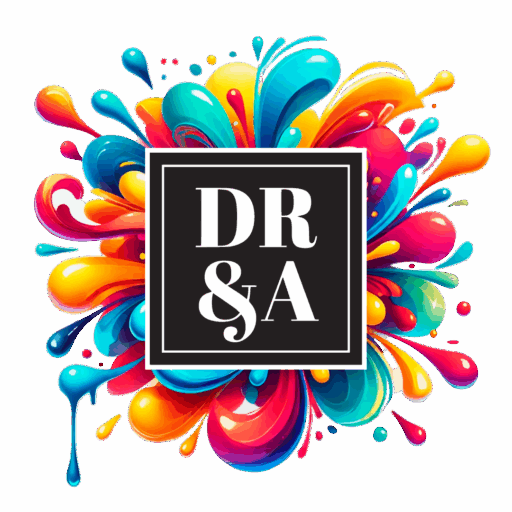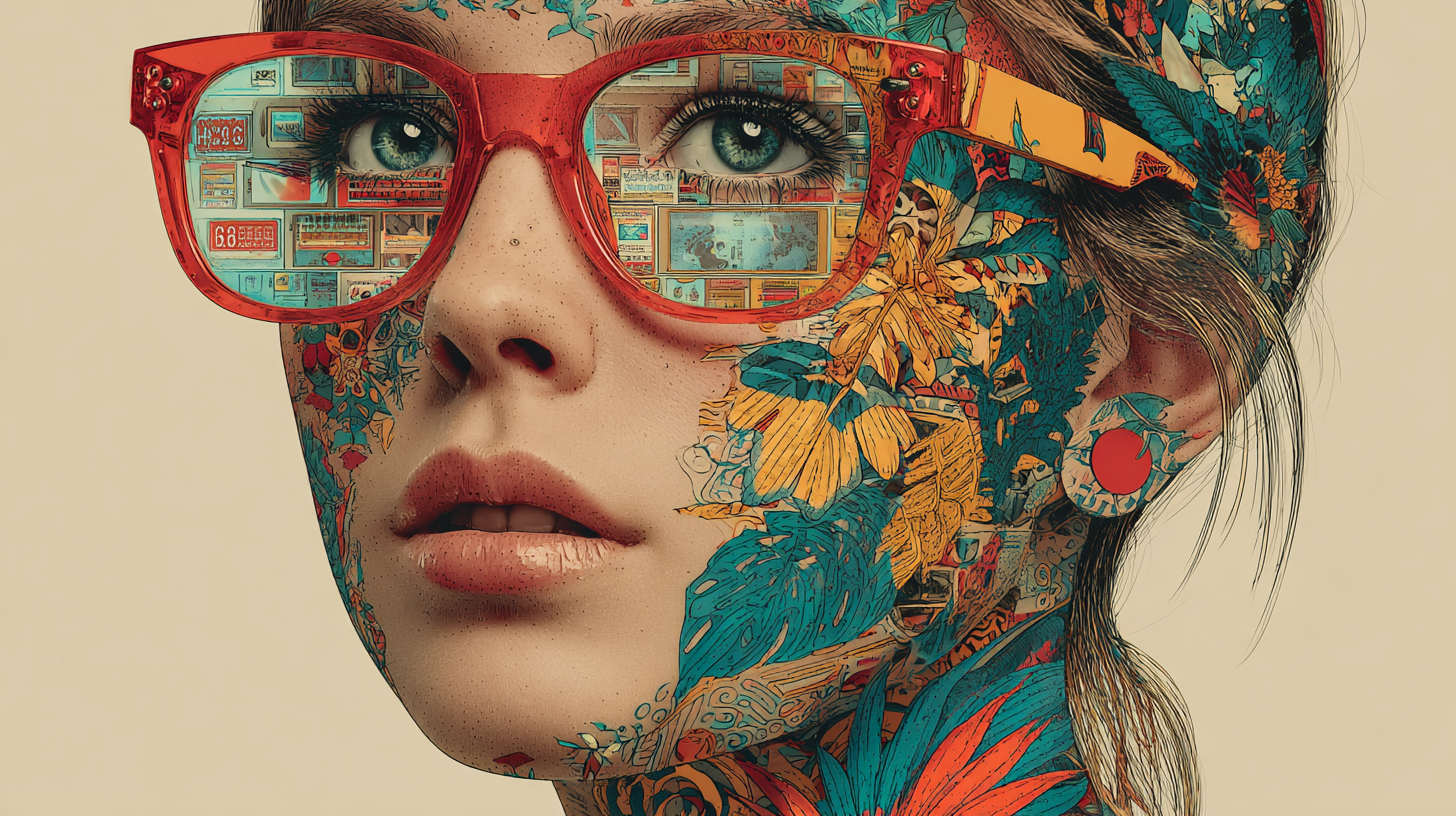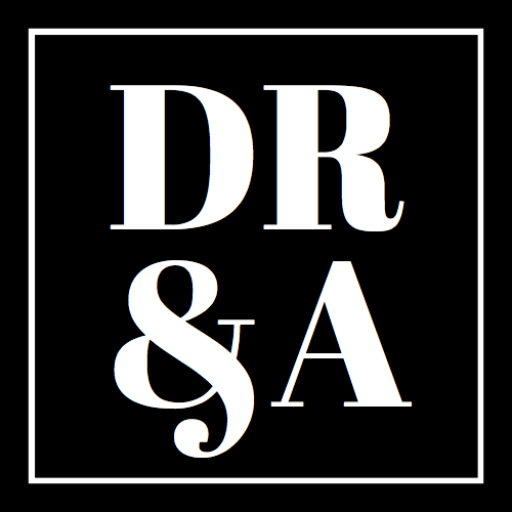5 Surprising Things You Can Copyright (And 5 You Can’t)
When most people think of copyright, they imagine books, movies, music, or artwork. But copyright law is broader—and weirder—than many realize. Some unexpected things can be copyrighted, while others that seem original or artistic can’t.
Understanding what’s protectable helps business owners, content creators, and brands avoid costly legal mistakes. Let’s break down five surprising things you can copyright, and five things you can’t—no matter how creative they seem.
5 Surprising Things You Can Copyright
1. Choreography (But Not Individual Dance Moves)
Entire choreographed routines can be copyrighted—as long as they’re original, fixed (written down or recorded), and sufficiently complex. That means your original dance for a music video or stage performance is protected.
Note: The U.S. Copyright Office has registered choreographic works for ballet, hip-hop routines, and even competitive figure skating programs.
However, a single dance move like the “dab” or “moonwalk” is too short and simple to qualify.
2. Scent (Under Specific Circumstances)
Yes, scent can be copyrighted—or more accurately, protected under copyright-adjacent doctrines in certain jurisdictions like the EU. In the U.S., scents are typically covered under trademark, but if a scent is embedded in an artistic work (like a scented sculpture or multimedia exhibit), copyright may apply.
Note: A French court upheld copyright for a perfume’s fragrance as an artistic expression. Though rare, it’s not impossible.
In general, scent protection is complex and depends on how the scent is used and whether it’s integral to the creative work.
3. Software Code
Even though it feels technical, original software source code qualifies for copyright as a literary work. This includes code for apps, websites, games, and internal tools—though it doesn’t protect the function or idea behind the code, just the specific written expression.
Note: Protect your codebase: You can register your source code with the U.S. Copyright Office to back up ownership claims if your software is copied.
4. Architecture
Since 1990, U.S. copyright law has allowed protection for original architectural works. That includes the design of buildings, both commercial and residential, if the structure is embodied in drawings, blueprints, or the physical building itself.
Note: This doesn’t apply to functional or standard elements like doors, roofs, or windows.
So your custom-designed modern glass cabin? Protected. Your average boxy office park? Not so much.
5. Character Designs (Even for Undistributed Works)
Original characters like mascots, comic book heroes, or animations can be copyrighted even if they’ve never been published, as long as they’re sufficiently developed.
Note: Courts have ruled that characters like Godzilla, Sherlock Holmes, or Mickey Mouse (in earlier versions) hold standalone copyright protections beyond their stories.
Businesses developing brand mascots, video game characters, or visual storytelling content will want to pay close attention to this area of copyright law.
5 Surprising Things You Can’t Copyright
1. Fonts and Typefaces
Designing a font can be incredibly creative, but in the U.S., the shape of letters is considered a functional system and thus ineligible for copyright.
Note: You can trademark a distinctive font as part of your brand logo, or protect the font software itself under copyright (as code).
2. Ideas, Concepts, or Methods
Copyright doesn’t protect ideas; it only protects the expression of an idea. That means:
- A course outline isn’t protected—but your specific course material is.
- A business method isn’t protected—but your written manual about the method might be.
Note: If you’re inventing a process or system, patent protection may be more appropriate.
3. Names, Titles, and Slogans
A book title, product name, or business slogan isn’t covered by copyright. These fall under trademark law, if they’re distinctive enough and used in commerce.
Note: You can’t copyright the title “The Ultimate Guide to Success”, but you can trademark it as a branded product line.
4. Works Not Fixed in a Tangible Medium
Spontaneous speeches, freestyled music, or live performances that aren’t recorded or written down aren’t copyrightable until they’re “fixed.”
Note: If it’s not written, recorded, or otherwise captured in a physical or digital medium, the law can’t protect it.
So next time you deliver a brilliant keynote off-the-cuff, make sure someone’s filming.
5. Useful Items and Functional Designs
Copyright law doesn’t extend to functional items, even if they look nice. This includes:
- Clothing designs (unless it’s artwork printed on clothing)
- Furniture
- Tools and gadgets
Note: These can sometimes qualify for design patents or trade dress protection—but not copyright.
Why It Matters for Your Business
Whether you’re launching a brand, producing content, or licensing IP, knowing what’s protectable—and what’s not—can shape your legal strategy. For example:
- Content creators should register copyrights for blog posts, course materials, and videos.
- Businesses should register trademarks for slogans, product lines, and brand names.
- Designers and engineers may need to explore patents or trade secrets for inventions or processes.
Intellectual property registration helps you monetize your work, defend against infringement, and increase the value of your business and brand. But you first have to know which of your assets you can protect.
Need Help Protecting Your Creative Work or Brand?
At Daniel Ross & Associates, LLC, we help creators and companies understand and secure the right type of intellectual property protection—whether that’s copyright, trademark, trade secrets or via a licensing strategy.
Schedule a consultation with us today and let’s develop a creative legal strategy together.
References
- U.S. Copyright Office: What Does Copyright Protect?
- Lanham Act, 15 U.S.C. § 1051 et seq. – Trademarks
- U.S. Copyright Office Circular 41: Copyright Claims in Architectural Works


